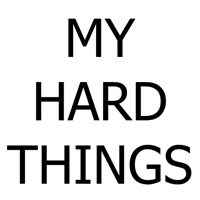 As a follow-up to my post on choosing your hard things, I decided to share what I came up with. Keep in my these are MY hard things. You could have the two lists completely swapped, and that would get no judgment from me. The entire point is to do things aligned with your values and stop caring what anyone else thinks!
As a follow-up to my post on choosing your hard things, I decided to share what I came up with. Keep in my these are MY hard things. You could have the two lists completely swapped, and that would get no judgment from me. The entire point is to do things aligned with your values and stop caring what anyone else thinks!
My hard things:
- Save enough money and set things up to live off my investment income with minimal worry.
- Spend lots of quality time with family, especially my three daughters. (I have 3 kids?!? How the $*%# did that happen?)
- Spend some time alone reading and thinking about things I find interesting (ex. finance, cooking, off-grid living).
- Exercise regularly, mostly by running around outdoors with my daughters. If I’m lucky, this will also include hiking or playing tennis with friends. If I’m really lucky, I’ll be skiing.
The things I am willing to give up:
- A steady, prestigious job and high W-2 income.
- “Better things” like a larger house, faster car, or nicer toys/clothes.
- Watching television.
- Regular ski trips, partying at bars and clubs, and Las Vegas runs with friends.
- Facebook, Twitter, and other social media.
I’m not there yet, but it’s nice to have them written down. If I’m not spending my time working towards one of my hard things, then I’m not being productive even with the newest To-Do List app, ergonomic standing desk, and pristine e-mail inbox. I should also be careful to stop doing the things on my “Give Up” list.
 As a follow-up to
As a follow-up to 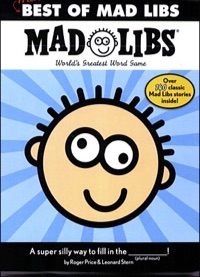 After you spend enough time consuming financial media week after week, you start seeing patterns in the noise. I understand why of course, as creating content to feed the beast can get quite exhausting. But hopefully, by pointing out these out, you as an individual investor can realize that there may or may not be any substance behind the marketing buzzwords and short-term forecasts. Entertaining? Yes. Useful and actionable? Much less likely.
After you spend enough time consuming financial media week after week, you start seeing patterns in the noise. I understand why of course, as creating content to feed the beast can get quite exhausting. But hopefully, by pointing out these out, you as an individual investor can realize that there may or may not be any substance behind the marketing buzzwords and short-term forecasts. Entertaining? Yes. Useful and actionable? Much less likely.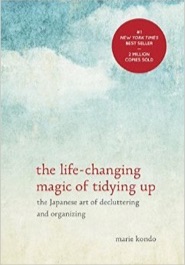
 In the rush of our everyday lives, it’s easy to lose sight of the real reasons why we work and toil every day. Money is a tool, not the end.
In the rush of our everyday lives, it’s easy to lose sight of the real reasons why we work and toil every day. Money is a tool, not the end. 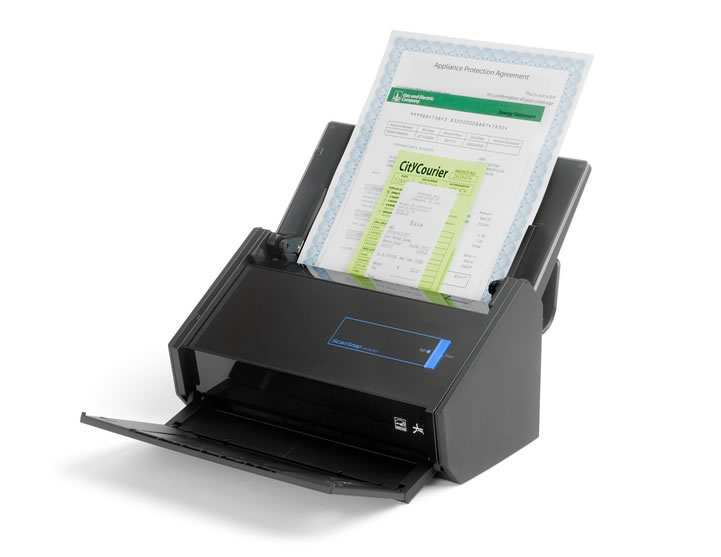
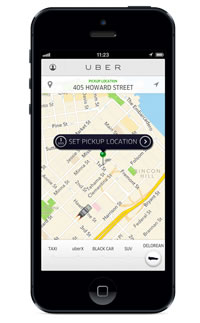 Forget borrowing money to
Forget borrowing money to  I totally missed this app the first time around, but PaperKarma is an iPhone/iPad app and Android app that helps you stop junk mail. Catalogs, magazines, coupon books, flier, credit card offers, yellow books, etc.
I totally missed this app the first time around, but PaperKarma is an iPhone/iPad app and Android app that helps you stop junk mail. Catalogs, magazines, coupon books, flier, credit card offers, yellow books, etc.  Dan Kadlec of Time magazine offers up
Dan Kadlec of Time magazine offers up 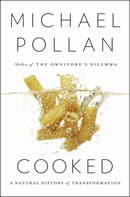 Consider the following questions that you may have asked yourself recently:
Consider the following questions that you may have asked yourself recently: I’ve been thinking about another excerpt from investor
I’ve been thinking about another excerpt from investor  The Best Credit Card Bonus Offers – March 2024
The Best Credit Card Bonus Offers – March 2024 Big List of Free Stocks from Brokerage Apps
Big List of Free Stocks from Brokerage Apps Best Interest Rates on Cash - March 2024
Best Interest Rates on Cash - March 2024 Free Credit Scores x 3 + Free Credit Monitoring
Free Credit Scores x 3 + Free Credit Monitoring Best No Fee 0% APR Balance Transfer Offers
Best No Fee 0% APR Balance Transfer Offers Little-Known Cellular Data Plans That Can Save Big Money
Little-Known Cellular Data Plans That Can Save Big Money How To Haggle Your Cable or Direct TV Bill
How To Haggle Your Cable or Direct TV Bill Big List of Free Consumer Data Reports (Credit, Rent, Work)
Big List of Free Consumer Data Reports (Credit, Rent, Work)